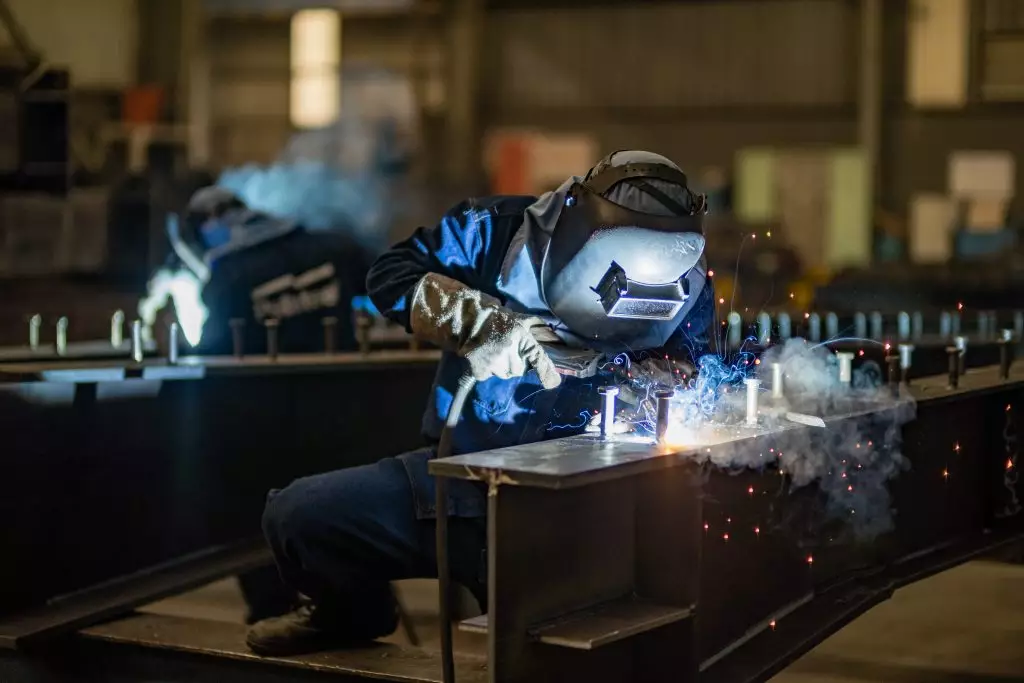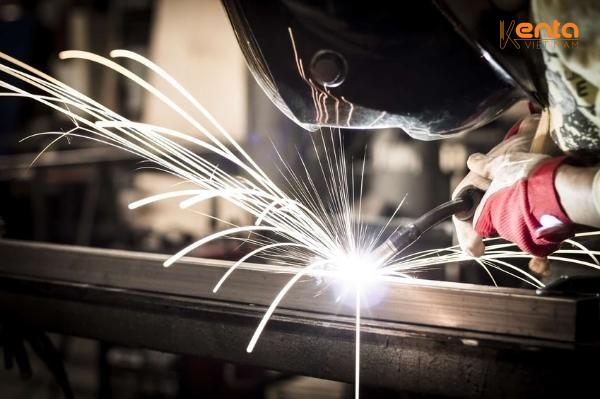Knowledge, Technology
Common Errors When Welding Aluminum with Aluminum Welding Rods and How to Handle Them
Welding aluminum with welding rods is a technique that is not simple, even for experienced workers. Compared to steel, aluminum has high thermal conductivity, is prone to oxidation, and is easily deformed during the welding process. Because of this, many people encounter technical errors that cause the welds to have porosity, cracks, or poor bonding with the material. So what are the common errors when welding aluminum with welding rods? How can they be thoroughly handled and risks minimized? Let’s explore this in the article below.
Why Is Welding Aluminum Prone to Errors?
Unlike other metals, aluminum is covered by a natural oxide layer (Al₂O₃) on its surface. This oxide layer has a melting point much higher than pure aluminum. When welding, if this oxide layer is not cleaned properly, the weld will have difficulty bonding and often shows small gas holes or micro cracks.
Additionally, aluminum conducts heat quickly, causing the area around the weld zone to be affected more than steel. If the heat input is not controlled, excessive melting or material deformation can occur easily. Therefore, the welder needs to fully understand aluminum's characteristics to adjust techniques and choose appropriate materials to support the process.
Common Errors When Welding Aluminum with Welding Rods
Weld porosity is the appearance of tiny holes on the surface or inside the weld. The main cause is hydrogen gas or impurities trapped during welding. This phenomenon is quite common when welding rods are not stored properly, absorb moisture, or the oxide layer has not been thoroughly cleaned. To fix this, dry the welding rods before use and ensure the material’s surface is clean, free of oil or dirt. Additionally, choosing good quality welding rods with stable arc properties is also an important factor to reduce porosity.
Weld cracks after cooling often occur due to large temperature differences or using welding rods incompatible with the aluminum material being welded. Especially if the base aluminum contains many impurities or is contaminated, the risk of cracking is even higher. To minimize this error, select aluminum welding rods with silicon or magnesium content suitable for the base aluminum grade (for example: 4043 aluminum rods for 6061 aluminum). Also, allow the weld to cool slowly under controlled conditions, avoiding sudden exposure to cold drafts.

Arc instability during rod welding—maintaining a stable arc is a decisive factor for weld quality. When the arc flickers, the weld tends to be uneven, lacks fusion, or produces excessive spatter. Causes can include inappropriate voltage, damp welding rods, or unsteady rod handling technique. The simple solution is to check the welding machine, ensure a stable current, and use rods with proper coating. Practicing even hand movement and maintaining a proper distance between the rod and material are also essential to keep the arc stable.
Lack of fusion occurs when the weld looks good on the surface, but upon close inspection, it does not bond well with the base material. This is a dangerous error because it directly affects the product’s durability later on. The usual cause is an uncleaned aluminum oxide layer or insufficient heat from the welder to melt through the protective oxide layer. The fix involves using a stainless steel brush, sandpaper, or specialized chemical solutions to clean the surface before welding. At the same time, slightly increase the current to ensure the weld penetrates deeply into the base metal.
Tips to Reduce Errors When Welding Aluminum with Rods
For a more efficient aluminum welding process, welders need to invest in both material preparation and actual technique. Some useful tips include: using genuine welding rods within their expiration date; storing them in a dry place; thoroughly cleaning the material surface before welding; and choosing welding machines with stable current settings. Additionally, testing on small samples first to get familiar with the flow speed and characteristics of the welding rods used is recommended.
Conclusion
Welding aluminum with rods requires welders not only to have good skills but also to thoroughly understand the characteristics of the materials and tools they use. Common errors such as porosity, weld cracks, or arc instability often occur,but it can be completely prevented if you prepare properly and choose the right welding rod.
If you are looking for high-quality, genuine aluminum welding rods with full COCQ certification, contact Kenta VietNamWe offer a full range of aluminum welding rods 4043, 5356... suitable for both manual and machine welding, with a dedicated technical consultation team and a nationwide stock system. Good material solutions – start with the right choice!




















